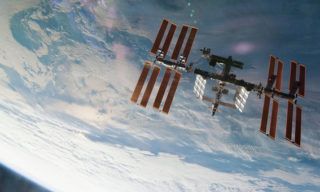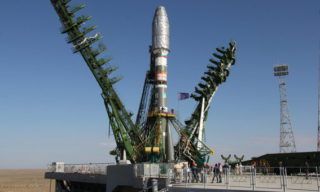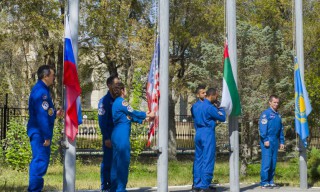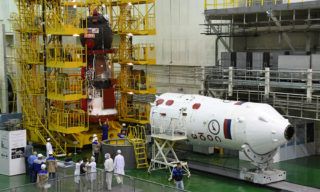The draft structure of government spending for the next three years, which has just been submitted to the State Duma, contains a clear emphasis on the space program and a sharp increase in financial support for the space-related space program and a sharp rise in financial support for the related industrial sector. Although the budget has not yet been approved, there is a serious possibility that this item will remain unchanged.
When a draft federal budget for 2024-2020 was introduced in the Legislature last September. In the draft of the federal budget for the years 2024-2026, many experts noted its inherent increased focus on the space industry. At that time, it was suggested that more than 800 billion rubles be allocated. There were, however, fears that the state would not be able to afford such expenditures or that this trend would be short-lived.
The new draft budget for 2025-2027, confidently addresses these concerns. During this period, the government expects to spend on “space activities” 942.3 billion rubles. The trend has not only remained, but also intensified: the growth amounted to about 140 billion, or almost 18%.
The distribution by year is as follows: in 2025 In 2025, expenditures to support the entire range of space-related projects should amount to 317,492.7 million rubles, in 2026 – 337,055.4 million. Only in 2027 is expected to see a slight drop to 287,756.4 million rubles, although this amount is still more than the current year’s space expenditures.
At the same time, planning is underway for the longer term: 10 billion rubles a year is planned to be allocated for the implementation of a promising project called the realization of a promising project called “Development of Space Activities of the Russian Federation for the period up to 2030”.
One of the main priorities will be the project of the national Sphere satellite system. Next year it will become a record-breaker in costs – more than 10 billion rubles. In 2026 and 2027, when it will enter the calmer “rut”, it is expected to spend six billion each. No other enterprises have not been neglected. Including the most ambitious – cooperation with China to explore and develop a natural satellite of the Earth.



















